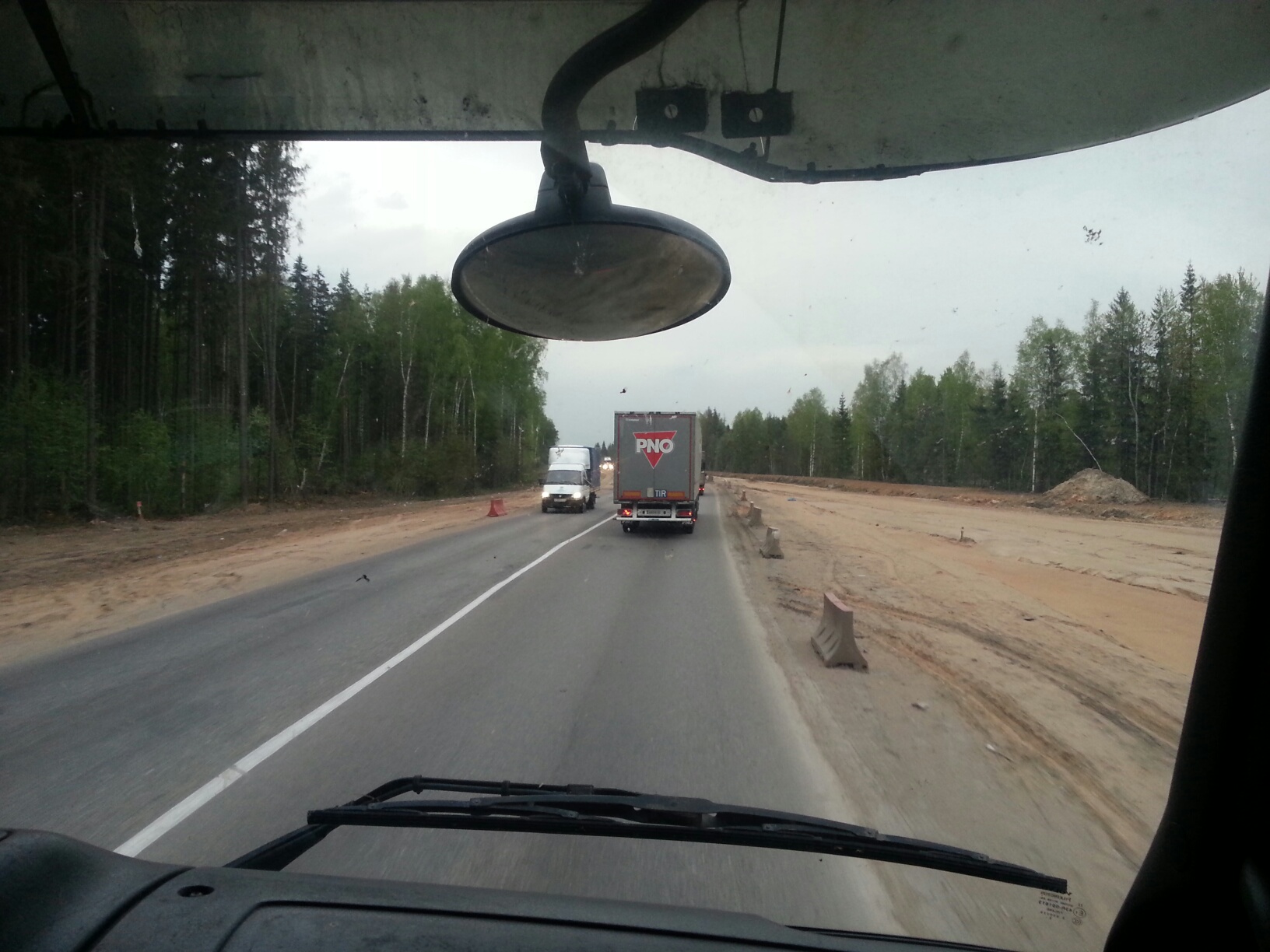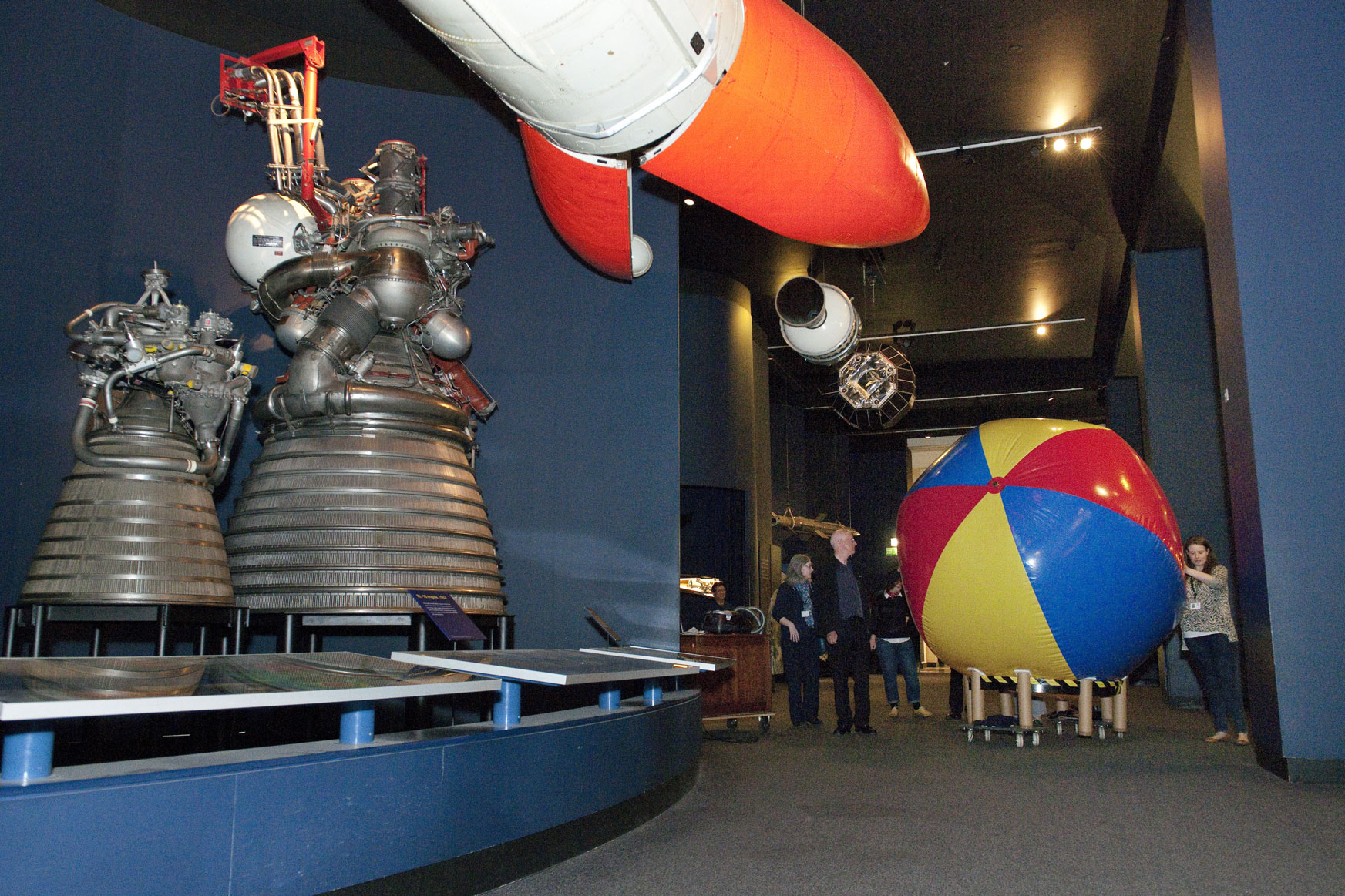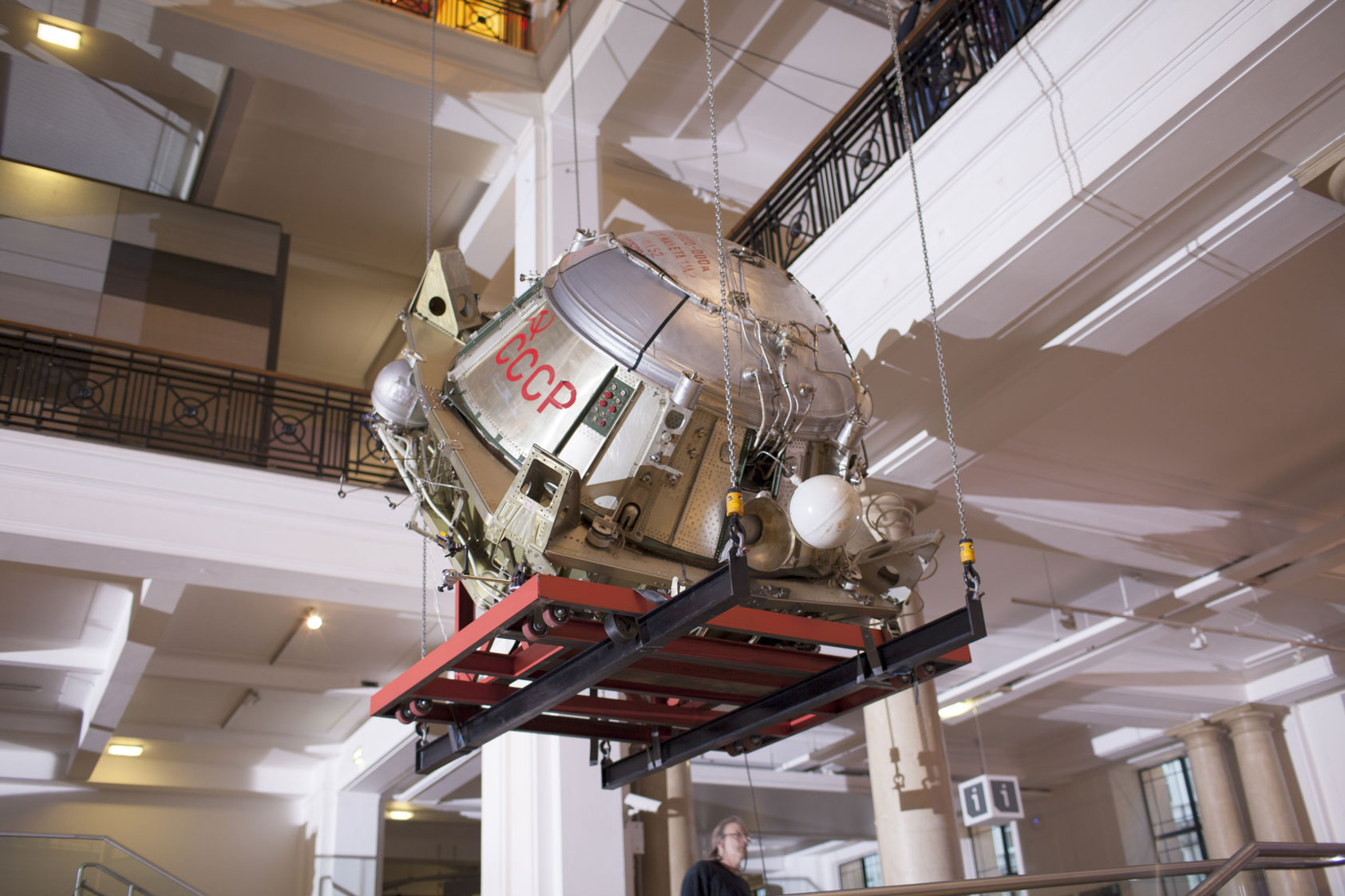For the last two years my job has been to work out how to transport rocket engines, gigantic spacecraft and 150 other incredible artefacts from Moscow to London and into the Cosmonauts exhibition.
https://www.youtube.com/watch?v=27W8E9Yney8
We are borrowing artefacts of all shapes and sizes – from small pencil drawings of early twentieth century rocket designs to Vostok 6, the full-size spacecraft that transported the first women into space in 1963 – from museums, private individuals and even the Russian Space Agency.
We began the logistical planning for the exhibition two years ago, visiting Moscow many times to inspect the artefacts and meet with our partners and transport agent. In May 2015, all the years of planning were finally put into action.

The first stage was to get all the large spacecraft from Moscow and into the Museum so that the exhibition could be built around them. As they are too big to fit inside any aircraft that regularly fly from Moscow to London, we transported the spacecraft in 20m long, 4 tonne trucks from Moscow to Helsinki and then by ferry to the UK.
The epic journey took a week from start to finish, and I had the pleasure of accompanying the spacecraft on their journey.
After clearing customs in Moscow, we were joined for the 1000km, two days journey to the Russian-Finnish border by an armed security escort. At the border we joined a long queue of lorries.
Our export licences were checked and stamped by customs officials, the trucks were weighed, X-rayed and sealed, and we passed through passport control. This can take up to twenty four hours, but thankfully we crossed into Finland within six.
At Helsinki, the trucks boarded a ferry and set sail for the four-day crossing to the UK. Four days later we docked at Immingham, cleared customs and then drove down to London.
The next challenge was unloading the spacecraft at the Museum. Due to their sheer size and weight, we used cranes to lift the spacecraft off the trucks, but even just moving the spacecraft through the Museum was no mean feat.
Long before the spacecraft left Moscow we did a practice run with a giant beach ball, which had the same dimensions as the Vostok 6 spacecraft, to see which display cases and furniture would have to be moved along the route.

Then finally the spacecraft had to be hoisted up to the first floor of the Museum and moved into the gallery.
One of the star spacecraft in Cosmonauts (and that is saying something) is the extraordinary LK-3 Luna Lander. This is a 3 tonne, 5m tall training model of the spacecraft that would have landed a single cosmonaut on the moon.
Due to its ginormous size, the Lander had to first be dismantled at the Moscow Aviation Institute in order to be transported to London. In fact, this is the longest journey the Lander has ever taken.
At the beginning we didn’t think the Lander would fit into the Museum, but thankfully the Lander can be dismantled into sections: a top, middle, bottom and four legs, or in more technical words, the docking port, cabin, engine and four landing pads.
A week later, and inside the Science Museum, we reassembled the Luna Lander. Returning it to its full glory took four days, using hoists, gantries, lifting beams and the expertise of an external rigging company and Russian engineers.

It was a real international effort to get the Lander ready for public display in the UK and it is now in pride of place in the Cosmonauts exhibition… but to see it you’ll have to wait until the exhibition opens.
Cosmonauts: Birth of the Space Age is open from 18 September 2015 – 13 March 2016. The exhibition is supported by BP and has additional support from ART RUSSE (Major Funder) and the Blavatnik Family Foundation.